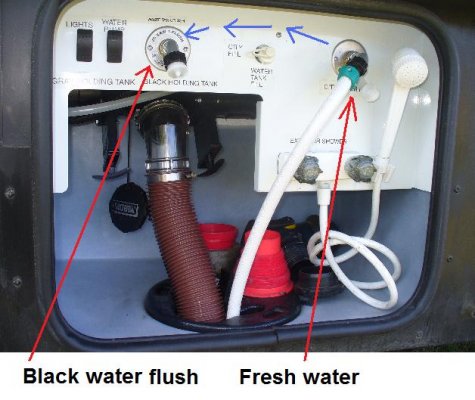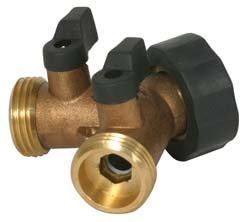RetiredLE
Well-known member
I have a question regarding the fresh water attach point on our Winnebago Brave. When dumping the black/gray water tanks prior to departure, can I switch the fresh water hose to the black water tank flush port, or do I need two separate hoses?



